As global commerce continues to expand and consumer demands evolve, companies face increasing pressure to optimize their packaging operations. This case study delves into the critical considerations for selecting the ideal packing machine, ensuring businesses make informed decisions that align with their operational goals, production volumes, and specific packaging needs.
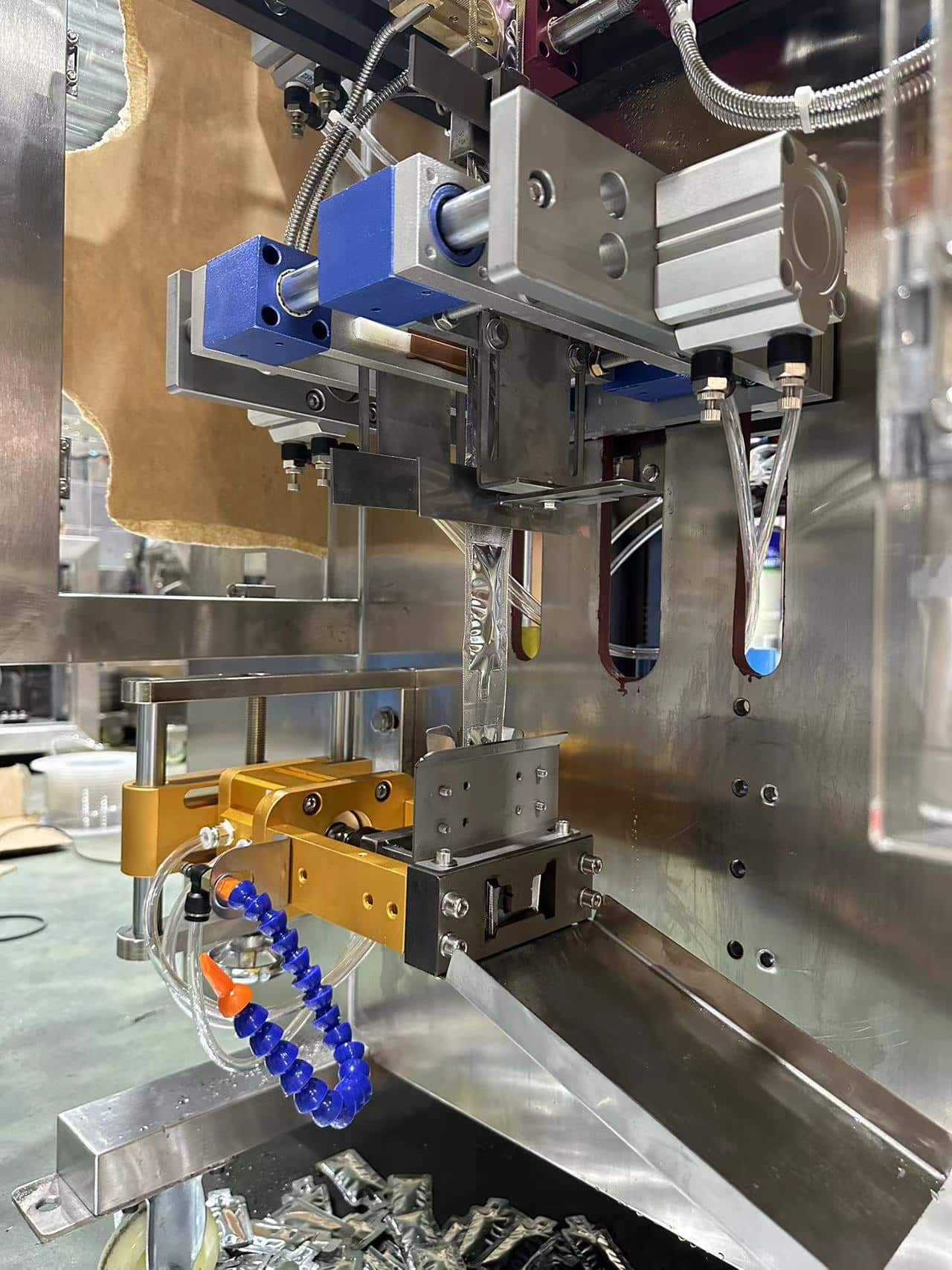
Types of Packing Machines and Their Applications
In today’s fast-paced manufacturing and logistics sectors, understanding packing machine types is crucial for operational efficiency. From basic semi-automatic systems to sophisticated fully automated solutions, the range of packing machines available meets diverse industry needs. Which packing solution best aligns with your production requirements?
Key Takeaways
- Semi-automatic and automatic packing machines serve different production volumes
- Industry-specific applications determine optimal machine selection
- Cartoning systems offer versatile packaging solutions
- Production speed and efficiency vary by machine type
Primary Packing Machine Categories
Semi-automatic packing machines require partial operator involvement and suit small to medium production runs. These systems offer flexibility and cost-effectiveness for businesses with varying product lines.
Automatic packing machines represent the pinnacle of packaging efficiency, handling high-volume operations with minimal human intervention. These systems integrate seamlessly with production lines, offering consistent output and reduced labor costs.
Industry-Specific Applications
Food and beverage manufacturers utilize specialized packing machines designed for handling perishable items. These systems maintain product integrity while ensuring compliance with safety regulations.
Pharmaceutical companies employ precision packing machines with advanced control systems. These machines guarantee accurate dosing and tamper-evident packaging essential for medication safety.
Consumer goods industries benefit from cartoning machines that accommodate various product sizes and shapes. These versatile systems adapt to changing market demands and packaging trends.
The global packaging machinery market shows a 5.5% annual growth rate, driven by increasing automation adoption across industries.” – Industrial Automation Quarterly Report 2023
Practical Applications
- Select semi-automatic machines for flexible production schedules
- Choose automatic systems for high-volume consistent output
- Consider hybrid solutions for growing operations
- Implement specialized machines for unique product requirements
As we move forward to explore Selecting the Right Packing Machine for Your Business, you’ll learn how to match these various machine types with your specific operational needs and budget constraints.
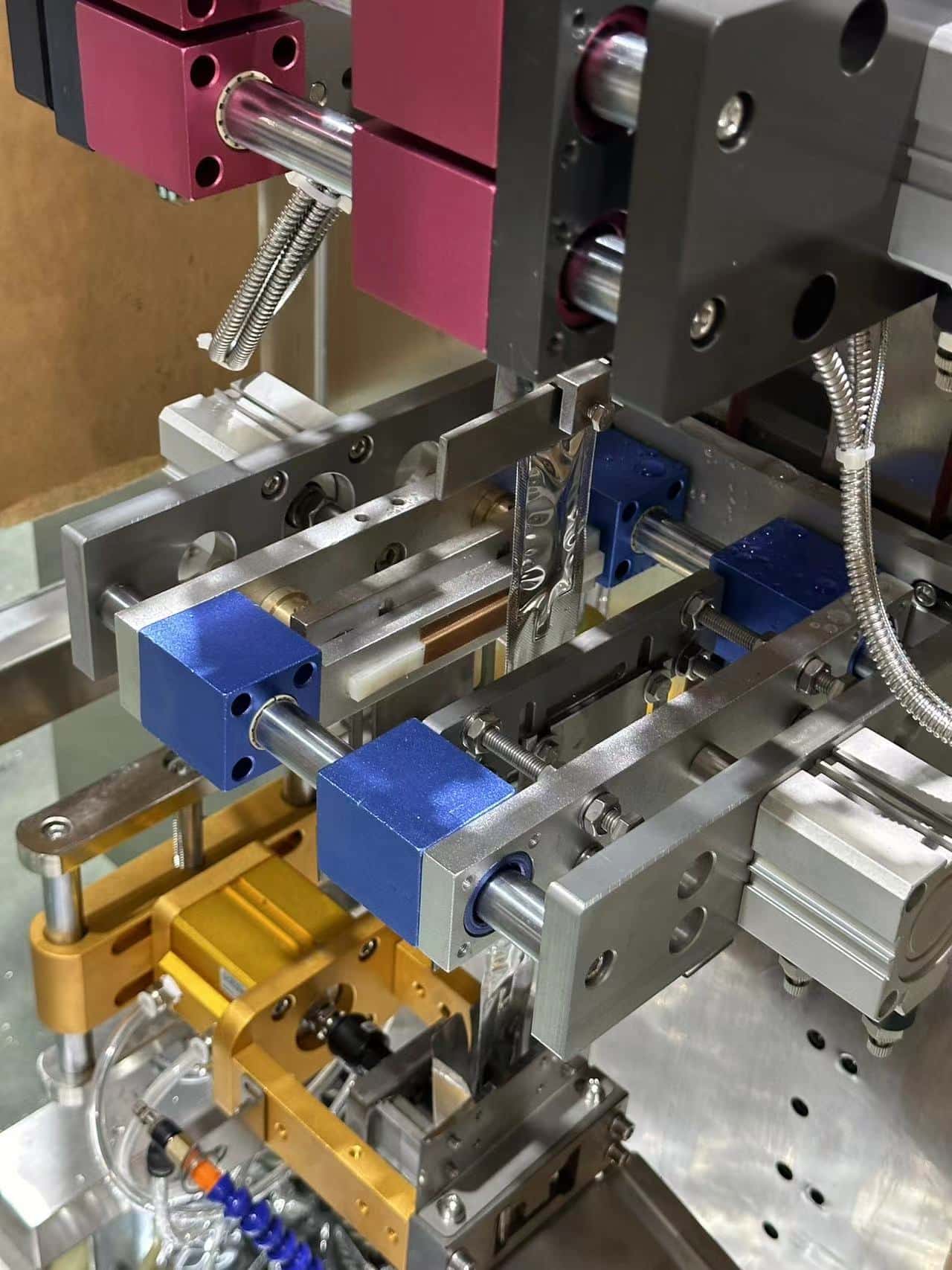
Selecting the Right Packing Machine for Your Business
Effective packing machine selection requires careful consideration of operational needs, product specifications, and budget constraints. Building on our previous discussion of machine types, this chapter examines the critical factors that influence choosing the optimal packaging solution. How can businesses ensure they make the right investment decision?
Key Takeaways
- Evaluate product characteristics and production volumes
- Consider total cost of ownership (TCO) beyond initial investment
- Assess automation requirements and scalability needs
- Analyze maintenance and support requirements
Decision Factors Analysis
Product characteristics significantly impact packing machine selection. Size, shape, weight, and fragility determine the required handling mechanisms and packaging materials.
Production volume and speed requirements influence the level of automation needed. Higher volumes typically justify greater automation investment, while lower volumes may suit semi-automatic solutions.
| Machine Type | Investment Range ($) | Suitable Production Volume |
|---|---|---|
| Manual | 5,000-15,000 | < 1,000 units/day |
| Semi-Automatic | 15,000-50,000 | 1,000-5,000 units/day |
| Fully Automatic | 50,000-200,000+ | > 5,000 units/day |
Organizations that properly align their packaging automation with production needs see an average 27% increase in operational efficiency and 23% reduction in labor costs.” – Manufacturing Automation Report 2023
Budget Considerations
Total Cost of Ownership (TCO) extends beyond the initial purchase price. Consider maintenance costs, operator training, energy consumption, and potential upgrade requirements.
Return on Investment (ROI) calculations should factor in labor savings, reduced waste, and improved production efficiency. These elements contribute to the long-term value proposition.
Practical Recommendations
- Conduct thorough product analysis before machine selection
- Calculate TCO including maintenance and operating costs
- Request machine trials with actual products
- Consider future growth requirements
Moving forward, we’ll explore the crucial aspects of Integrating Packing Machines into Your Supply Chain, focusing on implementation strategies and optimization techniques.
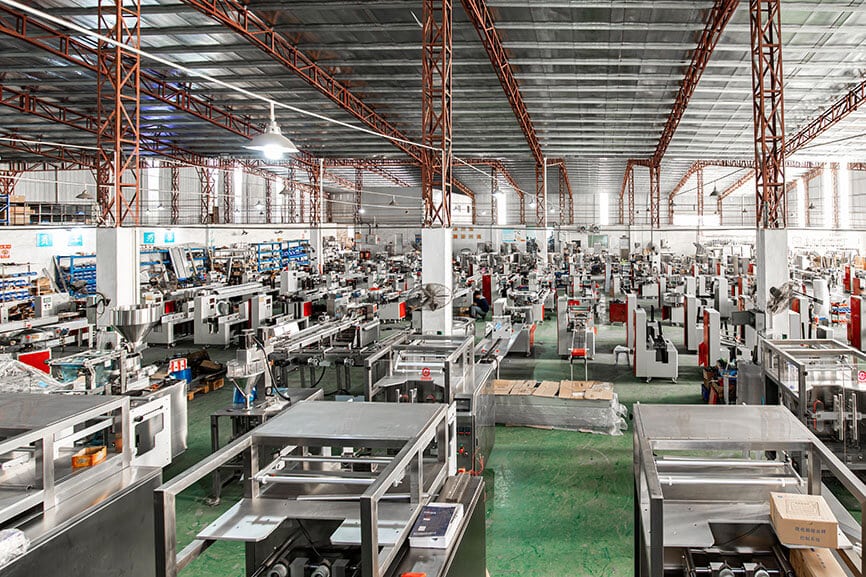
Integrating Packing Machines into Your Supply Chain
Successful supply chain integration of packing machines requires careful planning and coordination across multiple operational touchpoints. As manufacturing processes become increasingly automated, organizations must optimize their packaging operations to maintain competitive advantage. How can businesses ensure seamless integration while maximizing efficiency?
Key Takeaways
- Data analytics drive optimal integration decisions
- Inventory management systems require careful synchronization
- Machine learning enhances operational efficiency
- Real-time monitoring enables proactive maintenance
Integration Strategy
Effective supply chain integration begins with comprehensive workflow analysis. Modern packing machines must align with existing systems while supporting future scalability requirements.
Data analytics and machine learning capabilities enhance operational intelligence. These technologies enable predictive maintenance and optimize production schedules based on real-time data.
| Integration Factor | Implementation Rate (%) | ROI Timeline |
|---|---|---|
| Data Analytics | 78% | 6-12 months |
| Machine Learning | 45% | 12-18 months |
| Real-time Monitoring | 82% | 3-6 months |
Organizations implementing smart packaging solutions with integrated data analytics report a 34% improvement in operational efficiency and 28% reduction in downtime.” – Supply Chain Technology Review 2023
Implementation Best Practices
Inventory management systems must synchronize with packing machine operations. This coordination ensures optimal material flow and reduces production bottlenecks.
Quality control protocols require integration with packaging processes. Automated inspection systems help maintain consistent product quality while minimizing waste.
Action Steps
- Implement real-time monitoring systems
- Establish data collection protocols
- Train staff on integrated systems
- Develop contingency procedures
Looking ahead to maximizing the benefits of your packing machine investment, we’ll explore strategies to optimize return on investment through advanced performance metrics and continuous improvement initiatives.
To maximize the benefits of your packing machine investment, focus on these key areas:
1. Regular Maintenance
- Schedule preventive maintenance according to manufacturer guidelines
- Keep detailed maintenance logs
- Stock critical spare parts
- Train staff on basic maintenance procedures
2. Operator Training
- Provide comprehensive initial training
- Conduct periodic refresher courses
- Document standard operating procedures
- Cross-train multiple operators
3. Performance Monitoring
- Track key metrics like throughput and downtime
- Analyze efficiency data regularly
- Set performance benchmarks
- Make data-driven optimization decisions
4. Process Optimization
- Fine-tune machine settings
- Streamline product changeovers
- Optimize production scheduling
- Reduce waste and material usage
5. Quality Control
- Implement quality checks
- Monitor package integrity
- Document quality issues
- Make continuous improvements
Implementing these practices can increase ROI by:
- Reducing downtime by 20-30%
- Extending equipment life by 3-5 years
- Improving productivity by 15-25%
- Decreasing waste by 10-15%
Regular assessment and adjustment of these strategies ensure continued optimization of your investment.
Future Trends and the Future of Packing Machines
The packaging industry is experiencing rapid transformation as future trends in technology reshape operational capabilities. From artificial intelligence to sustainable solutions, these innovations are revolutionizing how businesses approach packaging operations. What emerging technologies will define the next generation of packing machines?
Key Takeaways
- AI and machine learning enhance operational efficiency
- IoT integration enables predictive maintenance
- Sustainable packaging solutions gain prominence
- AR/VR applications improve maintenance and training
Emerging Technologies
Artificial Intelligence and machine learning algorithms are transforming packing operations. These technologies enable predictive maintenance, quality control, and automated decision-making processes that optimize production efficiency.
Internet of Things (IoT) sensors provide real-time monitoring and data collection. This connectivity allows for immediate response to operational issues and enhanced production tracking capabilities.
By 2025, 75% of packaging operations will incorporate AI and IoT technologies, resulting in a 40% increase in operational efficiency.” – Global Packaging Technology Report 2023
Sustainable Solutions
Environmental consciousness drives innovation in sustainable packaging materials. Smart materials and biodegradable solutions address growing environmental concerns while maintaining packaging integrity.
Robotics and automation systems continue to evolve, incorporating more sophisticated sensors and control systems. These advancements enable greater precision and flexibility in packaging operations.
AR/VR Applications
Augmented and Virtual Reality technologies revolutionize operator training and maintenance procedures. These tools provide immersive learning experiences and real-time guidance for technical operations.
Implementation Strategies
- Evaluate emerging technologies for operational fit
- Develop sustainability initiatives
- Invest in staff training for new technologies
- Plan for scalable technology integration
As we conclude this comprehensive guide, the final chapter will summarize key insights and provide actionable steps for implementing these future-focused solutions in your packaging operations.
Conclusions
The evolution of packing machines has become a critical factor in modern manufacturing success, offering solutions that range from semi-automatic to fully automated systems. This comprehensive analysis demonstrates that selecting the right packing machine requires careful consideration of multiple factors, including production volume, product specifications, and total cost of ownership. The integration of advanced technologies such as AI, IoT, and data analytics is transforming the packaging industry, driving operational efficiency and sustainability. As businesses navigate these choices, the emphasis on proper integration, maintenance, and operator training becomes paramount for maximizing ROI. Success in modern packaging operations demands a strategic approach that balances current needs with future scalability. Contact us today to explore how the right packing solution can transform your manufacturing efficiency.
FAQ
Question1: What are the different Types of Packing Machines used in industrial packaging?
Answer1: There are several types of packing machines, including semi-automatic packing machines and General Packaging Machines. These machines are crucial for efficient industrial packaging in various industries such as Manufacturing, Retail, and Logistics.
Question2: How does a semi-automatic packing machine benefit B2B operations in Commercial and Manufacturing sectors?
Answer2: A semi-automatic packing machine enhances efficiency and reduces labor costs in Commercial and Manufacturing sectors. It Streamlines the packaging process, improving overall productivity and supply chain integration.
Question3: What role do Industry reports and packaging news sites play in informing B2B strategies for packing machines?
Answer3: Industry reports and packaging news sites provide valuable insights into market trends, user behavior, and the latest developments in packing machines. This information is critical for B2B businesses to make informed decisions and stay competitive.
Question4: What are the advantages of Bulk purchasing and long-term contracts for packing machines in B2B settings?
Answer4: Bulk purchasing and long-term contracts for packing machines can lead to significant cost savings and stability in supply chain operations. These strategies are particularly beneficial for businesses in Logistics and Supply chain integration, helping to manage lead times effectively.
Question5: How can B2B businesses in Retail and Logistics optimize their packing machine selection for better supply chain integration?
Answer5: B2B businesses in Retail and Logistics can optimize their packing machine selection by considering factors such as the type of products being packaged, the volume of packaging needed, and the integration with existing supply chain systems. This ensures seamless operations and reduced lead times.
Question6: What are the key considerations for B2B companies when choosing between different types of packing machines for their operations?
Answer6: Key considerations include the specific packaging needs, the level of automation required, and the budget constraints. Additionally, factors like maintenance costs, compatibility with existing systems, and the impact on overall supply chain efficiency are crucial for B2B companies.
Question7: How do packing machines impact the lead time in B2B supply chain operations?
Answer7: Packing machines can significantly reduce the lead time in B2B supply chain operations by automating and streamlining the packaging process. This efficiency helps in quicker product delivery and improved customer satisfaction across industries like Manufacturing, Retail, and Logistics.
Question8: What B2B strategies can businesses adopt to maximize the benefits of industrial packaging machines?
Answer8: Businesses can adopt strategies such as integrating packing machines with other automation systems, optimizing packaging materials, and continuously monitoring and improving packaging processes. These strategies enhance overall efficiency and align with broader B2B market insights and user behavior.
External Links Recommendation
- Industry Reports on Packing Machines
- Packaging News and Trends
- Guide to Semi-Automatic Packing Machines
- Benefits of Bulk Purchasing Packing Machines
- Optimizing Supply Chain with Packing Machines
- Comparing Types of Packing Machines for B2B Operations
- Improving Lead Times with Automated Packing
- B2B Strategies for Maximizing Packing Machine Efficiency



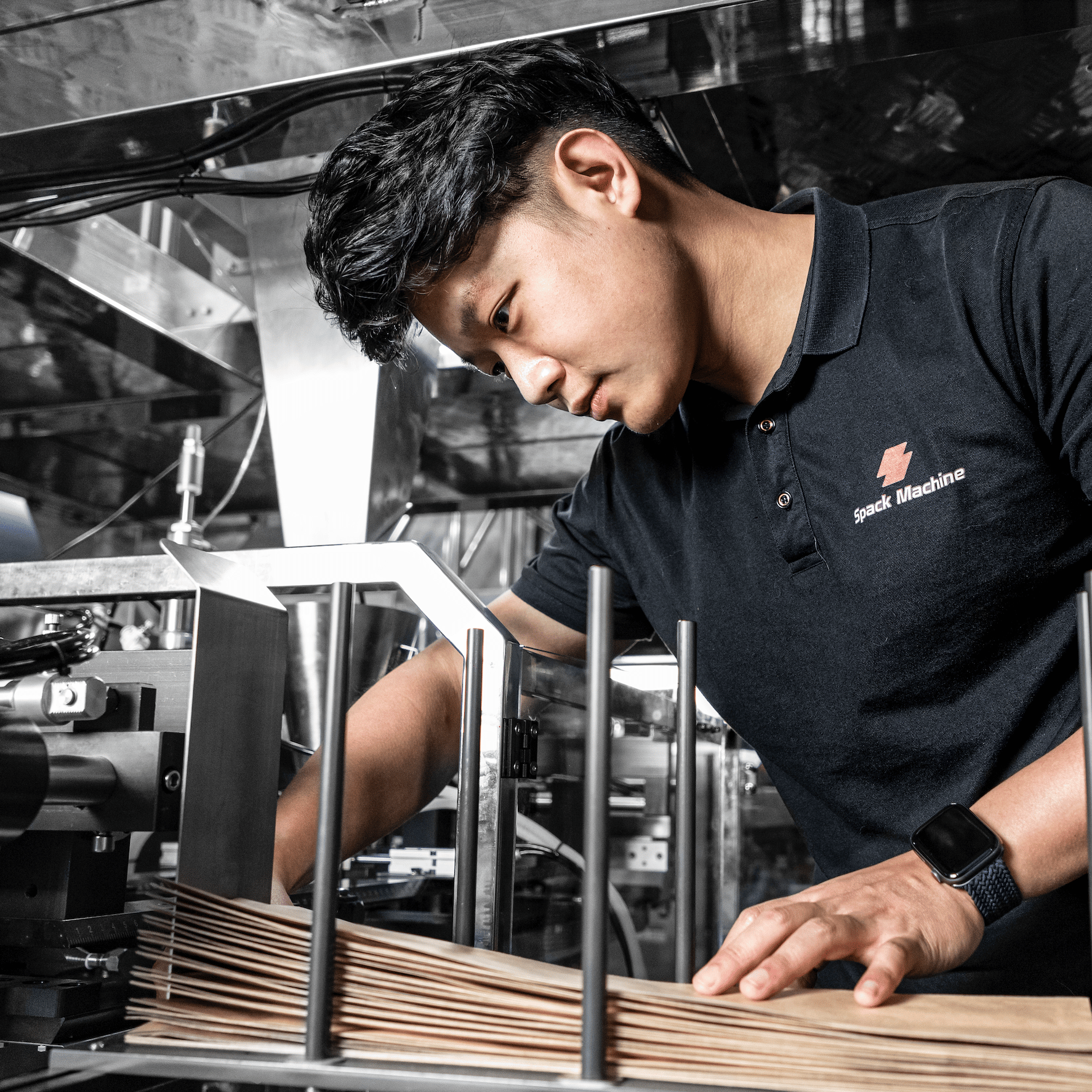
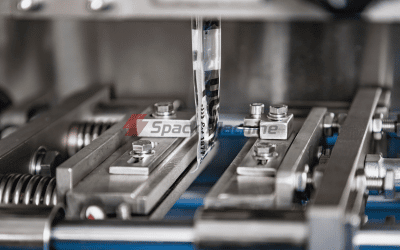
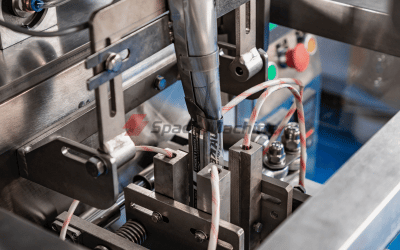
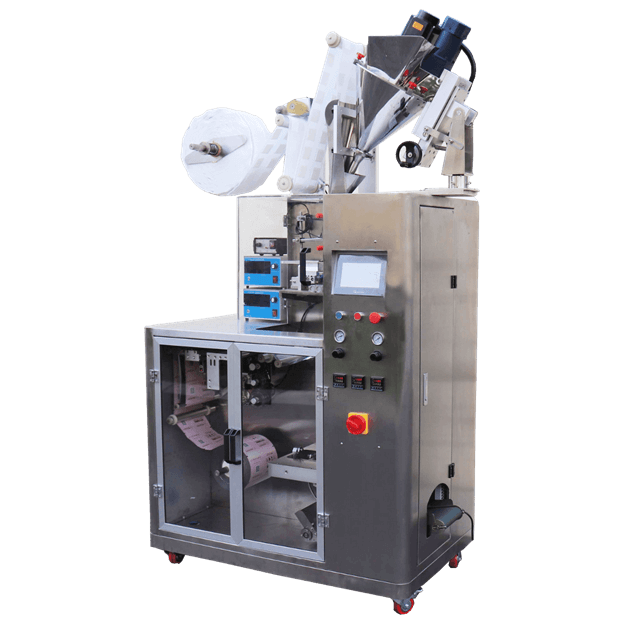
0 Comments